Since John Pierpont Morgan made the first leveraged buyout in history with his purchase of Carnegie Steel Corporation in 1901, the field of private equity has constantly grown in promise. Later events of the 1980s, such as KKR’s massive $31.1 billion leveraged buyout of RJR Nabisco, ultimately showed the world that private equity was not only a means of taking over a company’s operations, but also a highly profitable strategy that required diligent work. Later that decade, other PE megafunds including the Blackstone Group, the Carlyle Group, and Bain Capital, were formed. For the next twenty to thirty years, these companies would seek diversified portfolios and manage assets of specific companies for approximately three to five years before exiting their investment. This was the norm of the traditional private equity firm. However, a new trend has taken over the industry.
While the recession of 2008 featured the disappearance of large-cap LBOs, the US saw a return of PE activity after the economy stabilized. Nevertheless, fundraising for PE-based investments has become increasingly difficult for two major reasons. First, investors are generally given lower caps for investments in private equity firms themselves. Second, major private equity firms have found that creating constant ROI for their investors has become a tougher task than it once was. For example, in 2015, a Bain Cap representative commented that “a disquieting concern lurks just beneath [PE’s] shining surface.” Bain Cap was referring to the fact that much of the capital raised in the boom years of 2005-2007 had not been used for buyouts. In fact, it is widely believed that as an industry, there is approximately $2 trillion in assets managed worldwide, most of which is unused. This capital is often referred to as “dry powder,” referring to the fact that they are often not used in LBOs.
Arguably the most important consequence of this lack of “LBO-ness” in PE firms is the increasing average holding time for a PE firm in the United States. Private Equity News reports that, objectively speaking, the lack of returns associated with an LBO, combined with the high price multiples paid for those assets following the ‘08 recession, have incentivized PE firms to hold onto their “golden investments” for increasingly longer periods of time. According to the Pitchbook Data Team, the average “PE holding period for US-based companies has increased to 6.17 years,” with investors like the Carlyle Group averaging 5.59 years per asset and H. I. G. Capital averaging an industry-high 6.35 years per asset. Such factors have led the number of PE-backed exits in the US to decrease for the second year in a row.
While these holding times are products of a competitive environment in which PE firms are garnering record amounts of capital, there are nonetheless negative implications. On one hand, longer holding times imply that more resources need to be invested into the portfolio company to monitor and manage operations before eventually entering an LBO. At the same time, large-cap exits have decreased significantly, as fund managers want to hold portfolio companies and fully realize value before exiting.
Overall, longer holding times may not be the end of the world for private equity. By taking more time to improve a portfolio company rather than extract value immediately by performing a premature exit can be an effective strategy in increasing PE returns to what they once were.

